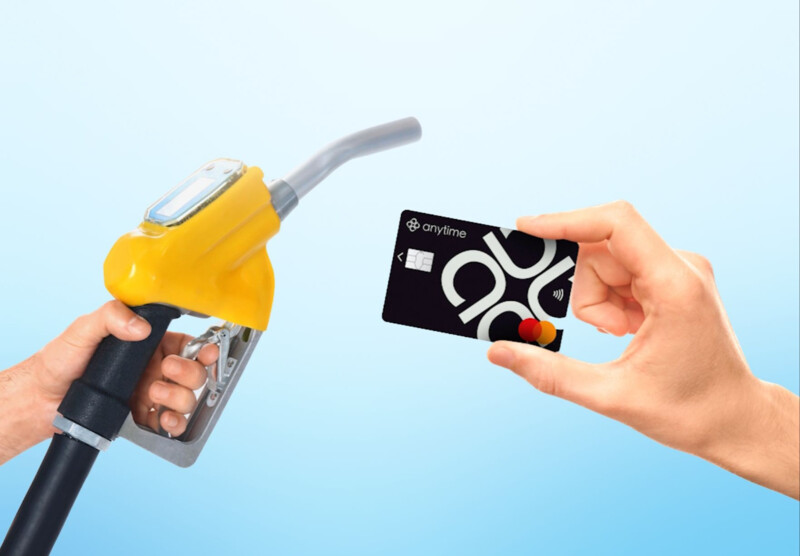En matière de gestion des notes de frais, il existe deux types d’entreprises. Celles qui mettent en place des protocoles fastidieux pour répondre à toutes les exigences légales, et celles qui se simplifient la tâche au maximum, quitte à faire fi de certaines obligations. Retrouvez ici 10 pratiques mises en oeuvre par certaines entreprises qu’il ne faut absolument pas recopier.

Laisser de l’argent liquide à disposition des salariés
Cela peut sembler difficile à croire, mais dans certaines entreprises la direction laisse à disposition des employés une boîte contenant de l’espèce. Le principe est simple : en cas de besoin, chacun se sert et remet ensuite la monnaie et les factures dans la boîte.
Même si cette solution semble à première vue transparente, il n’en est rien. En effet, il est difficile de savoir qui a fait quelle dépense et dans quel cadre. En termes de sécurité, cette pratique laisse donc à désirer.
Laisser la carte bancaire de l’entreprise à disposition des employés
Pour certaines entreprises, il est plus sûr de laisser la carte bleue de l’entreprise et son code aux salariés. Le principe est le même que pour l’espèce. Chacun est libre de l’utiliser pour régler ses achats, à condition de remettre le justificatif avec la carte.
Mettre la carte bancaire de l’entreprise à disposition des salariés est risqué et le suivi approximatif. De plus, en termes de logistique cela semble compliqué puisque dès qu’un salarié s’empare de la carte, personne d’autre ne peut s’en servir. Se pose également la question de savoir ce qu’il se passe lorsque l’un des employés oublie de remettre la carte à sa place.
Diffuser des copies de la carte pro
Certains responsables sont plus imaginatifs que les précédents. Au lieu de laisser une seule carte à disposition des salariés, ils préfèrent diffuser par tous les moyens possibles une copie de la carte en question. Ainsi, plusieurs employés peuvent s’en servir en même temps, au moins pour ce qui est des paiements à distance.
Bien que le process soit particulièrement simple, on comprend rapidement qu’une diffusion de masse puisse poser des problèmes de sécurité. Il suffit d’une intrusion dans le système intranet de l’entreprise pour qu’un pirate informatique s’empare des numéros de la carte bancaire.
Faire circuler les numéros de carte bleue pour les achats en ligne
Pour éviter tout risque de fraude en cas de piratage informatique, certaines entreprises préfèrent communiquer à tous leurs employés les numéros de la carte bleue. Ainsi, chacun peut s’en servir pour régler un achat en ligne. Post-it, carnet, pense-bête quelconque, tous les moyens sont bons du moment qu’ils ne sont pas enregistrés informatiquement.
Confier les codes de la carte bancaire aux salariés pour qu’ils puissent s’en servir sans autorisation préalable est une pratique particulièrement risquée. D’autre part, cela ne facilite pas le suivi des notes de frais.
Remettre une enveloppe d’espèces
Dans le cadre d’un voyage d’entreprise, d’un séminaire ou d’un événement quelconque à l’étranger, il n’est pas rare de voir le responsable du voyage se balader avec une enveloppe d’espèces bien garnie. L’idée étant ici de simplifier les démarches sur place.
Néanmoins, la gestion des notes de frais au retour risque d’être difficile, sans compter les risques de perte ou de vol sur place.
Faire avancer les frais au salarié
Cette méthode est particulièrement répandue. Le salarié avance les frais et remplit ensuite une note de frais pour se faire rembourser.
Le concept semble évident pour beaucoup et cela fonctionne très bien dans le cadre de petites dépenses telles que des frais de péage ou un repas à l’extérieur. Toutefois, lorsqu’il s’agit de financer un voyage de plusieurs jours à l’étranger, il ne faut pas oublier que le compte bancaire du salarié n’offre pas nécessairement autant de marge de manœuvre que celui de l’entreprise. D’autre part, une carte bancaire privée ne dispose pas des mêmes plafonds de paiement qu’une carte professionnelle.
La boîte aux lettres pour factures
Pour simplifier les choses, certaines entreprises ont fait le choix d’installer une boîte dans laquelle les salariés sont tenus de déposer leurs justificatifs de dépenses. La démarche constitue un gain de temps pour les employés qui n’ont plus à réfléchir à qui transmettre leurs documents.
Pour le RAF (responsable administratif et financier) en revanche, cela s’avère tout de même un peu plus fastidieux. Celui-ci doit en effet éplucher tous les justificatifs et les enregistrer informatiquement. Le temps gagné d’un côté est finalement perdu de l’autre.
La boîte à factures nouvelle génération
Papiers égarés, suivis compliqués, certaines entreprises préfèrent que les justificatifs soient transmis par voie électronique. Suivant le même principe que la boîte physique, la boîte à factures numérique recueille tous les documents destinés au RAF.
Si le risque de perdre des documents est moindre, le temps passé par le RAF à tout gérer est tout aussi démesuré que dans le cas d’une boîte physique.
La note de frais informatique imprimée puis rescannée
Les entreprises, qui essaient d’instaurer une méthode de gestion des notes de frais, sont souvent tentées d’utiliser le fameux tableau Excel préenregistré. Le principe est simple : chaque salarié remplit le tableur, puis le remet à son responsable accompagné des justificatifs de dépenses.
Bien que l’organisation soit meilleure que dans les cas précédents, il en reste néanmoins que le tableau doit être imprimé pour être signé par le supérieur avant d’être transmis au service financier. La gestion reste donc fastidieuse notamment lorsqu’il s’agit de tout analyser à partir de documents papier ou de documents imprimés, puis renumérisés.
Les demandes par fax
À l’heure du digital, certaines sociétés résistent à la tentation et continuent de faire usage du fax pour les notes de frais. Bien que cela ajoute un canal de communication supplémentaire au sein de l’entreprise, il semble pourtant inutile d’imprimer un document pour le faxer à un autre service qui va à son tour l’imprimer pour le traiter.
Toutes ces méthodes existent vraiment, pourtant les néobanques telles qu’Anytime proposent aux entreprises des outils simples pour optimiser la gestion des notes de frais. Des cartes Mastercard, un compte bancaire et une application permettent aux salariés de réaliser leurs achats librement et en toute sécurité. De son côté, le RAF peut suivre simplement les dépenses et gérer les différentes cartes à distance. Les paiements peuvent ensuite être intégrés en quelques clics dans la comptabilité.








